
Phone: 212 520 1686
Email: info@yourcpf.org
OTHER PROJECTS
-

The Role of Genetics
This project will outline a powerful methodology aimed at delivering important insights into the genetic causes of CP. He predicts that genetic defects collectively constitute a substantial proportion of all CP cases and that recent developments in genomic technology now …
-

Limb Proprioception in Children with Perinatal Stroke Induced Hemiplegic Cerebral Palsy
This project is studying children between the ages of 6 – 18 and robots to provide a unique opportunity to better understand sensory dysfunction in the developing brains of children with CP. Proprioception – the sensation of position, motion, and …
-
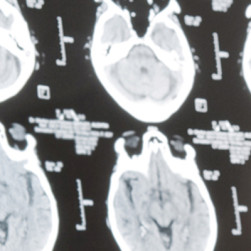
Brain Manipulation & Medication to Improve Motor Function
This study is vigorously testing the hypothesis of how maladaptive plasticity (a non-typically developed brain, inflexible to change) could exacerbate motor deficits in children with congenital hemiplegia (a condition affecting one side of the body caused by brain damage before, …
-

Voice and Speech Treatment in Spastic CP
This study focuses on the effects of a specific speech treatment in children with CP. The hope is that this work will lead to National Institute of Health and Canadian Institutes for Health Research grant applications to fund large-scale treatment …
-
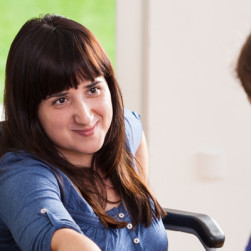
Improving Pain Treatment in Adults
A special project research grant was awarded to Dr. David Roye and Dr. Joseph Dutkowsky at Cerebral Palsy Center at Columbia University Medical Center in New York for their research platform on Pain in the Adult with Cerebral Palsy. The …
-

The Impact of White Matter Injury on Neural Network Development in Premature Infants
This project is utilizing an innovative advanced neuroimaging approach, in an investigation of prematurely born infants to provide insight into the earliest forms of functional brain development and further define the effects of cerebral injury. Award funds are designed to …
-

Prosodic Differences and Their Impact on Speech Intelligibility in Cerebral Palsy
The clinical presentation of cerebral palsy frequently includes motor speech impairments, which can substantially impair communication. Even in its mildest forms, atypical speech can impact social interactions and quality of life. Through a series of speaking and listening studies we …
-
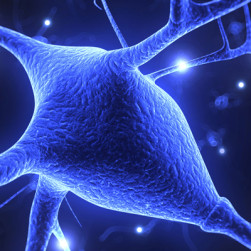
Application of Non-Invasive Brain Stimulation (NBS) in Children with Hemiparesis to Improve Hand Function
Weakness on one side of the body due to cerebral palsy, or hemiparesis, affects the functional ability of an individual during childhood and throughout the lifespan. Using a specific form of stimulation, transcranial direct current stimulation or tDCS, brain cells …
-

Robotic Pelvis Manipulation Improves Dynamic Balance and Walking in Children with Cerebral Palsy
Horseback riding (hippotherapy) has been shown to improve balance in children with CP. However, this beneficial therapy is not available for a majority of patients because of limited access to horses, weather conditions, and the relatively high cost due to …
-
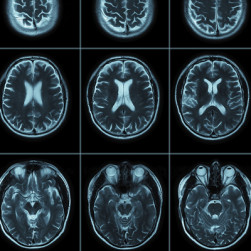
Quantifying Basal Ganglia Thalamic Injury in Neonatal Hypoxic Ischemic Encephalopathy – A Method for Early Assessment of CP Risk
Hypoxic ischemic encephalopathy (HIE) refers to brain injury resulting from reduced blood and oxygen delivery to a baby’s brain near the time of birth. Advanced magnetic resonance imaging (MRI) is a safe, non-invasive tool that can be used to measure …
-
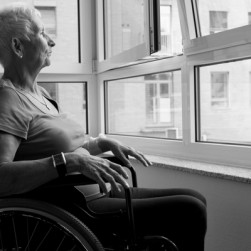
The Relationship between Muscle Quality, Functional Capacity and Functional Performance through the Adult Lifespan in Cerebral Palsy
Significant functional declines occur much earlier in adults with cerebral palsy (CP) compared to the general population. Very little is known about how musculoskeletal development progresses through adulthood and whether the declines in function and physical activity are related to …
-
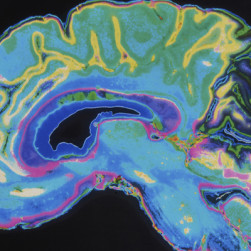
Quantitative Mapping of the Basal Ganglia and Related Structure In Children with Dyskinetic Cerebral Palsy
Brain injuries affecting the brain’s basal ganglia (BG), due to low oxygen at birth or genetic metabolic disorders, result in movement disorders called dyskinetic cerebral palsy. Quantitative Susceptibility Mapping (QSM) is a new neuroimaging technique that has never been applied …




